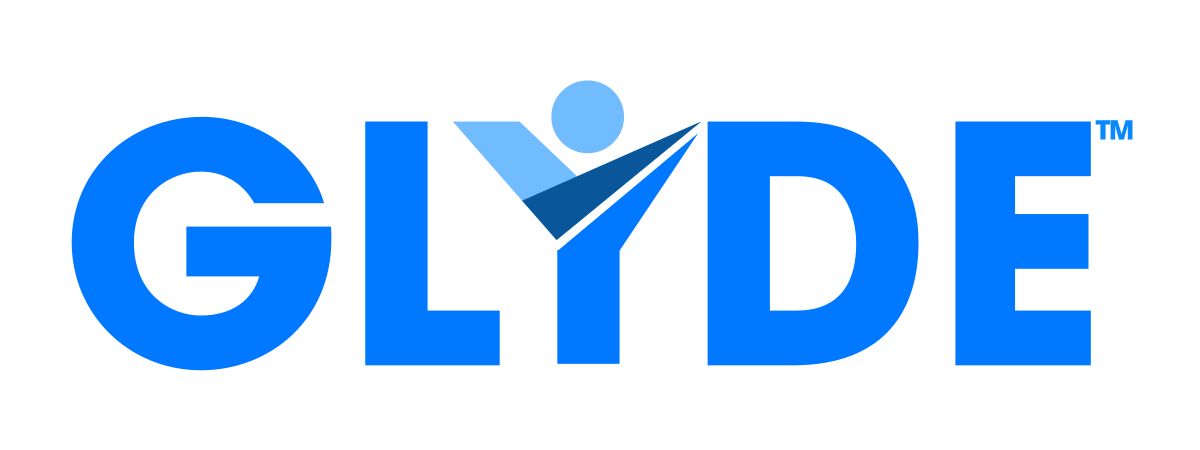In a world increasingly dominated by digital technology, industries are continually embracing advanced solutions to tackle evolving challenges. The world of talent acquisition is no exception. As Talent Acquisition (TA) leaders, our teams are constantly juggling between multitudes of resumes, conducting several interview rounds, running background checks, and more.
Does this sound familiar…
Oftentimes, administrative tasks consume much of the time, thus hampering our capacity to focus on more strategic, people-oriented aspects of the recruitment process.
Let’s dive into some revealing statistics. Recruiters spend approximately 75% of their time on administrative tasks.
Startling, isn’t it?
This increasingly driven adoption of AI and machine learning in recruitment processes reflects an industry-wide top down drive to surmount these challenges and improve efficiency, allowing TA teams to focus on the ‘human’ aspects of recruiting where they can add the most value.
This application of AI will span from job advertising automation, personalized candidate re-engagement, to self-service screening, each playing a salient role in transforming and streamlining the talent acquisition process over the next few years.
So, how exactly does AI induce such radical changes in the hiring funnel?
The power of AI can start right at the beginning of the hiring process when we are advertising jobs.
Using AI powered algorithms, job ads can now be dispersed across multiple platforms, choosing the most promising channels based on historical data and concurrent trends. It’s a level of smart optimization that is virtually impossible to manage manually. Traditional legacy approaches become redundant as programmatic platforms now leverage AI to allocate budgets and target ads more precisely, resulting in a better return on investment.
Ever spent time writing a job description? I have and it can be fairly time consuming to do it well and it’s easy enough to miss a boilerplate requirement.
AI really speeds up the process of writing high-quality job descriptions and reduces the effort required. By analyzing existing job postings to identify common keywords, required skills, and preferred qualifications, AI tools can generate accurate drafts that reflect the role’s responsibilities and requirements. The results are typically better than humans could produce manually, with just a fraction of the effort.
10 years ago I had a core hypothesis that recruitment was harder than it should be because of poor information flow between candidates and employers. This problem hasn’t been completely solved since then, but better job descriptions and more information that can be easily disseminated during the application process means we are getting closer than ever before.
As candidates start pouring in, AI again sparks its magic with personalized re-engagement campaigns. Emails, messages, and ads that had previously fallen to the unforgiving purgatory of email junk folders now arrive in various personalized iterations, based on candidate background and open-click-reply rates, improving both response rates and overall candidate engagement.
AI also brings innovative dynamism to candidate screening. Time-consuming phone screenings are now being replaced with self-service screenings via various forms of communication, guided by AI. Instead of asking every candidate the same set of questions, machine learning algorithms adjust questions based on candidate resumes and responses, creating a dynamic and efficiently streamlined conversation.
Not only do these algorithms provide immediate feedback on candidate suitability, but they are also synced with existing Applicant Tracking Systems (ATS) and create robust activity logs to enable human oversight when needed.
AI powered scalability also offers the potential to reach out and engage far more candidates than human recruiters, broadening job opportunities and the pool of potential talents.
It’s a win-win setup. TA teams enjoy improved efficiency and ROI, less drained by administrative tasks and gaining more time to dedicate to engaging, understanding and recruiting prospective employees.
AI is not here to replace recruiters. Instead, it’s here to augment their work, to free up their time from the redundant administrative tasks and shift their focus back to what really matters: connecting with people.
Candidate experience improves
Applicant’s on the other hand, experience a more personalized, fluid and holistic recruitment process. There is really no excuse for the application “black hole” any more.
By maximizing recruiters’ time, AI enables expansion of the hiring funnel to be more inclusive. Now overlooked candidates have a better chance of accessing the opportunities they deserve because everything doesn’t rest on their ability to craft a good resume.
Every revolution begins with a transition, and the coming AI revolution in talent acquisition is going to be no exception.

